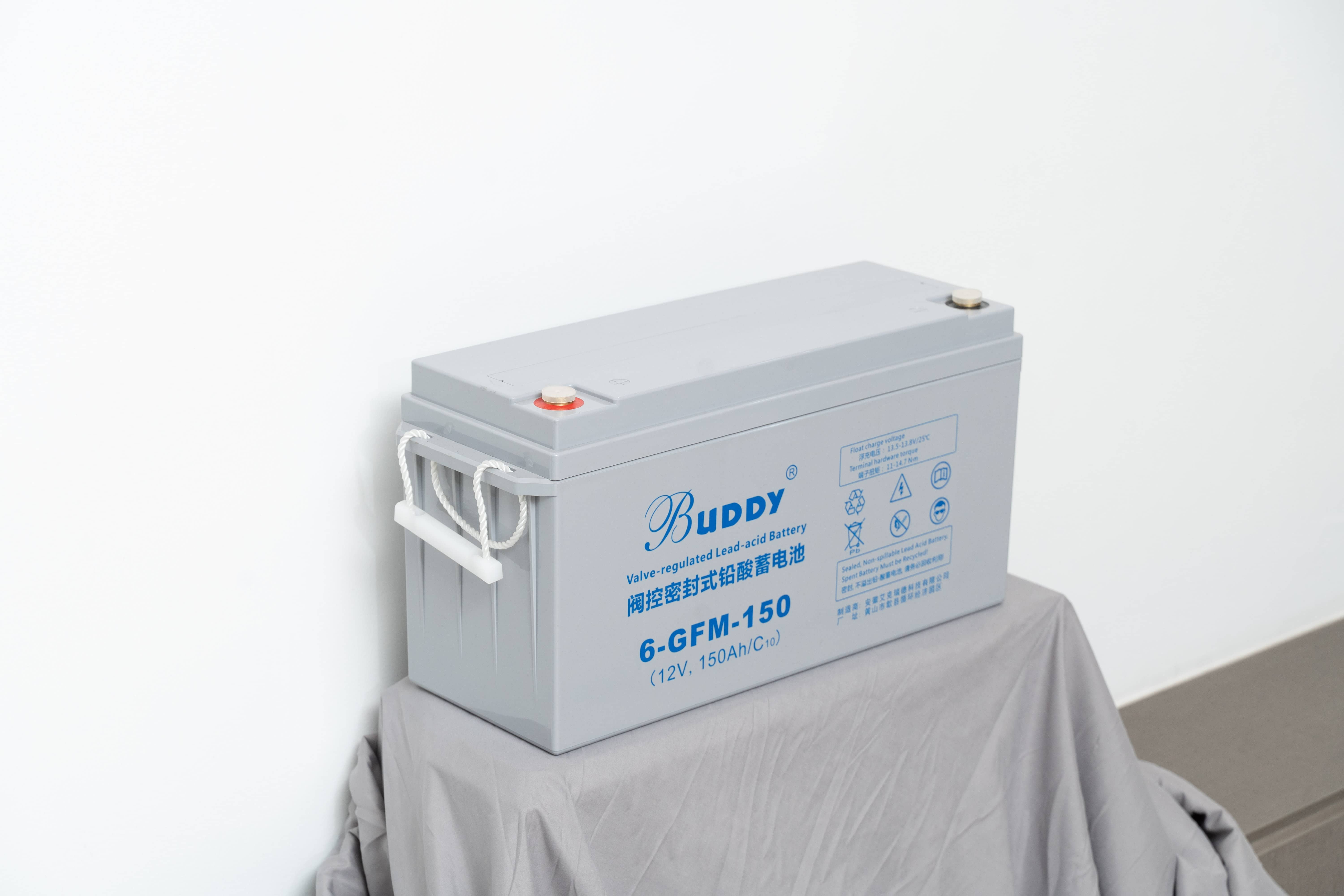In the world of automotive engineering, the valve regulated system plays a crucial role in determining the performance and efficiency of an engine. This intricate system ensures optimal air-fuel mixture delivery, combustion, and exhaust removal, contributing to the overall reliability and power output of the vehicle. In this article, we will delve into the intricacies of the valve regulated system, exploring its components, working principles, and the significant role it plays in achieving efficient engine performance.

1. The Valve Regulated System: An Overview
The valve regulated system consists of various components, including valves, camshafts, pushrods, and rocker arms, all working together to control the intake and exhaust processes in an internal combustion engine. These components are designed to open and close at specific intervals, allowing the engine to breathe efficiently and maintain the desired power output.
2. The Importance of Valve Regulation
The valve regulated system is essential for several reasons:
a. Air-Fuel Mixture Delivery: The intake valves control the amount of air entering the combustion chamber, which directly affects the air-fuel ratio. An optimal air-fuel mixture is crucial for efficient combustion and maximum power output.
b. Combustion Efficiency: By regulating the intake and exhaust valves, the engine can achieve complete combustion of the air-fuel mixture, minimizing emissions and maximizing energy release.
c. Exhaust Removal: The exhaust valves play a vital role in expelling waste gases from the combustion chamber, ensuring smooth engine operation and adhering to emission standards.
3. Valve Timing: The Heart of the System
Valve timing is a critical aspect of the valve regulated system, determining when the valves open and close. The camshaft, driven by the engine's crankshaft, controls the valve timing by pressing against the pushrods, which in turn open the valves. The precise timing of valve opening and closing is crucial for achieving optimal air-fuel mixture delivery, combustion, and exhaust removal.
4. Types of Valve Actuation
Valves can be actuated either by mechanical or electronic means. Mechanical valve actuation, utilizing camshafts and pushrods, has been the traditional method employed in internal combustion engines. However, electronic valve actuation (EVA) is gaining popularity, offering better control over valve timing and increased engine efficiency.
5. Advantages of Valve Regulated Engines
The valve regulated system offers several advantages over other engine designs:
a. Improved Fuel Economy: By optimizing the air-fuel mixture and combustion process, valve regulated engines achieve better fuel economy, reducing fuel consumption and carbon emissions.
b. Enhanced Power Output: The precise control over intake and exhaust valves results in improved power output and overall engine performance.
c. Reduced Emissions: The efficient combustion and exhaust removal processes contribute to lower emissions, making valve regulated engines more environmentally friendly.
6. Future Developments
With ongoing advancements in automotive technology, valve regulated systems continue to evolve. The integration of variable valve timing (VVT) and valve deactivation systems further enhances engine performance and efficiency. Moreover, the rise of electric vehicles may impact the valve regulated system, as alternative energy sources replace traditional internal combustion engines.
Conclusion:
The valve regulated system is a complex and essential component of modern internal combustion engines, controlling the intake and exhaust processes to achieve optimal engine performance. Its intricate design and precise valve timing contribute to improved fuel economy, enhanced power output, and reduced emissions. As automotive technology continues to evolve, the valve regulated system will undoubtedly play a crucial role in achieving efficient and environmentally friendly engine performance.